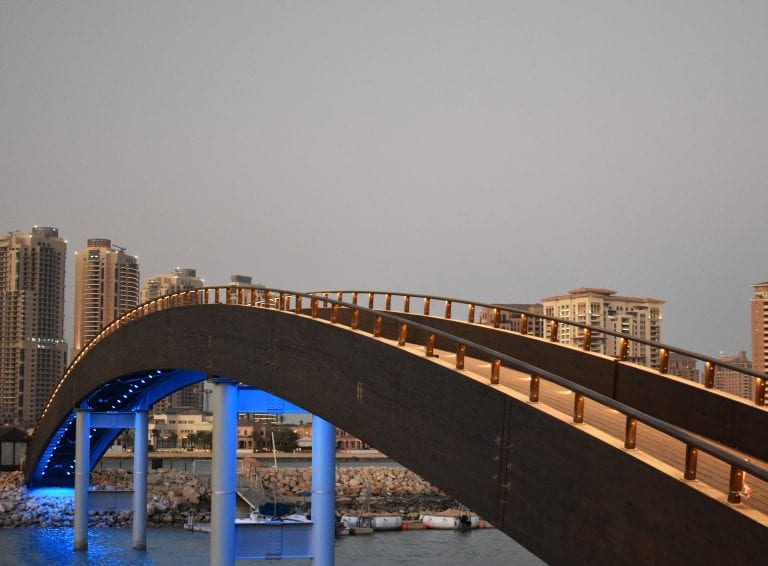Amid our pursuit to find ways to give more to the future, comes a passion for creating sustainable cities and structures – and thus the idea of creating urban equilibrium environments. Levels of pollution are on the rise and the increasing number and size of cities globally are a huge contributor.
Urban Equilibrium can be “defined as the situation where buildings in an urban environment act as a balancing agent for the greenhouse gas emissions of the urban area; therefore the buildings act like carbon pools.” It “fosters a framework of urban governance that integrates environmental and social development agendas with economic development. This holistic approach takes into account the various effects that economic development can have, and re-defines the concept of growth to include a moral obligation to future generations” (Andrea Stocchero et al., 2016)*.
For the full article or more information, click here: https://sequal.nz/wp-content/uploads/2019/01/Andrea-Stocchero-Urban-Equilibrium-for-sustainable-cities.pdf
So with this in mind, we get pretty excited when we see or hear examples of structures that could well have been made with carbon-emitting materials but instead are fabricated using sustainable ones – contributing to a decrease in levels of greenhouse gas emissions.
A very impressive example of this close to home in one sense, but on the other side of the world geographically, is the Katara Bridge. With the help of one of our incredible New Zealand customers, this 92m span pedestrian bridge was constructed in Doha, Qatar using GluLam timber.
Remarkably, the end segments were assembled as a complete unit on land and lifted onto supporting piles and the centre section was barged out to the middle of the water and lifted into place; fitting perfectly with no adjustment required. Glulam bridges offer a strong but lightweight, durable and environmentally acceptable solution for both pedestrian and road situations. Modern techniques of preservative treatment and finishing (with appropriate maintenance) ensure long life… pretty much the ideal material for bridge building – not to mention the fact that they look amazing and are cost-effective too!
*Stocchero, A., et al., Urban Equilibrium for sustainable cities and the contribution of timber buildings to balance urban carbon emissions: A New Zealand case study, Journal of Cleaner Production (2016)
